Klovićevi Dvori Gallery

Klovićevi Dvori Gallery is one of Zagreb’s premier cultural institutions, located in the city’s historic Upper Town. Housed in an 18th-century Jesuit monastery, the gallery opened in 1982 and is named after Juraj Julije Klović, a Croatian-born Renaissance illuminator known as Giulio Clovio. With over 40 exhibition rooms across multiple floors, the gallery hosts around 30 exhibitions annually, featuring both Croatian and international artists. Past highlights include works by Picasso, Van Gogh, Chagall, and the famed Xian Terracotta Army. The gallery balances global art with a strong focus on Croatian creativity, offering retrospectives, thematic shows, and contemporary showcases. Its central location near landmarks like St. Mark’s Church and Lotrščak Tower makes it easily accessible, while its dynamic programming ensures a fresh experience with each visit. As a hub for visual arts and cultural dialogue, Klovićevi Dvori Gallery continues to shape Zagreb’s artistic identity and attract visitors from around the world.
Zagreb CroatiaKlovićevi Dvori Gallery is located at Jezuitski trg 4, in Zagreb’s historic Upper Town (Gornji Grad), within the Gradec district. The gallery occupies a former 18th-century Jesuit monastery and is one of the city’s leading cultural venues, renowned for its frequent exhibitions of Croatian and international art. Its central Upper Town location places it among some of Zagreb’s most notable landmarks. Nearby, you’ll find St. Catherine’s Church, St. Mark’s Square, the Old City Hall, and the Lotrščak Tower, which is annexed to the gallery and houses additional works of art. The Museum of Broken Relationships and the Croatian Museum of Naïve Art are just a short walk away, as are the Stone Gate and the upper station of the Zagreb funicular, connecting Upper and Lower Town. The area is characterized by cobblestone streets, historic buildings, and a lively atmosphere with plenty of cafes, restaurants, and small shops, making Klovićevi Dvori Gallery a key stop for art lovers and those exploring Zagreb’s cultural and historical heart.
 Museum of Broken Relationships
Zagreb
Museum of Broken Relationships
Zagreb
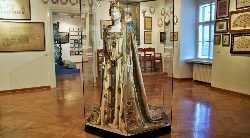 Zagreb City Museum
Zagreb
Zagreb City Museum
Zagreb
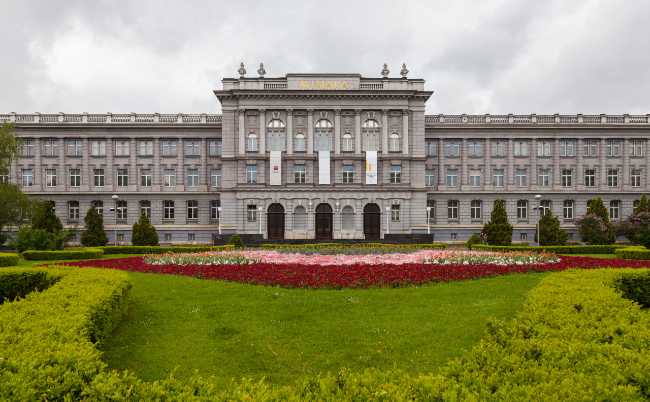 Mimara Museum
Zagreb
Mimara Museum
Zagreb
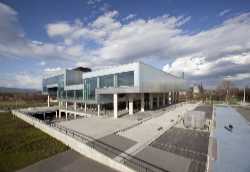 Museum of Contemporary Art
Zagreb
Museum of Contemporary Art
Zagreb
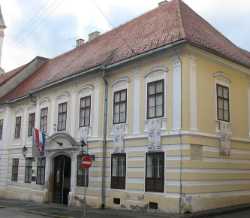 Croatian Museum of Naïve Art
Zagreb
Croatian Museum of Naïve Art
Zagreb
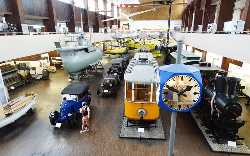 Technical Museum Nikola Tesla
Zagreb
Technical Museum Nikola Tesla
Zagreb
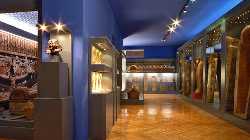 Archaeological Museum in Zagreb
Zagreb
Archaeological Museum in Zagreb
Zagreb
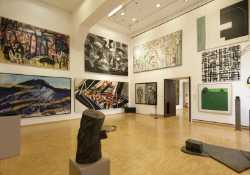 National Museum of Modern Art
Zagreb
National Museum of Modern Art
Zagreb
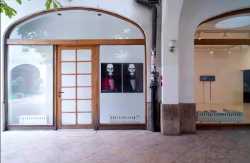 Galerija Nova
Zagreb
Galerija Nova
Zagreb
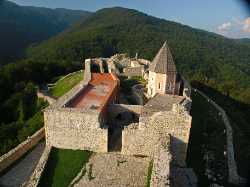 Medvedgrad Fortress
Zagreb
Medvedgrad Fortress
Zagreb
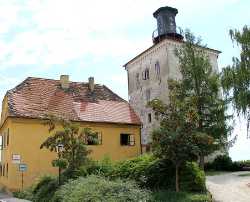 Lotrščak Tower
Zagreb
Lotrščak Tower
Zagreb
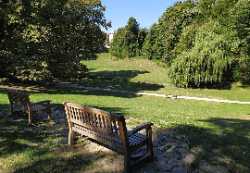 Maksimir Park
Zagreb
Maksimir Park
Zagreb
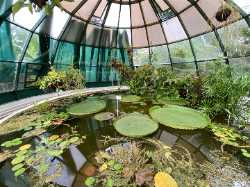 Botanical Garden of the Faculty of Science
Zagreb
Botanical Garden of the Faculty of Science
Zagreb
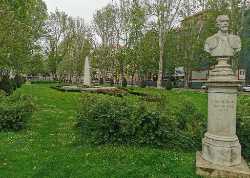 Zrinjevac Park
Zagreb
Zrinjevac Park
Zagreb
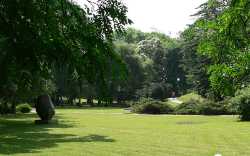 Ribnjak Park
Zagreb
Ribnjak Park
Zagreb
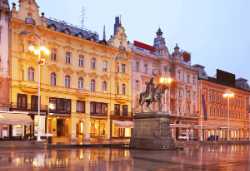 Ban Jelačić Square
Zagreb
Ban Jelačić Square
Zagreb
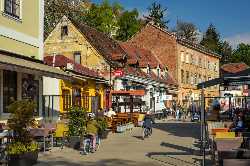 Tkalčićeva Street
Zagreb
Tkalčićeva Street
Zagreb
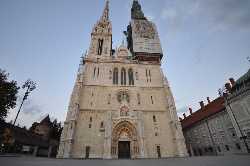 Zagreb Cathedral
Zagreb
Zagreb Cathedral
Zagreb
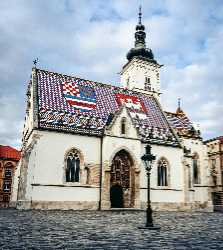 St. Mark’s Church
Zagreb
St. Mark’s Church
Zagreb
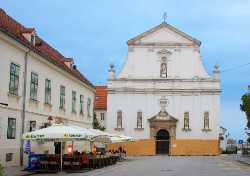 St. Catherine’s Church
Zagreb
St. Catherine’s Church
Zagreb
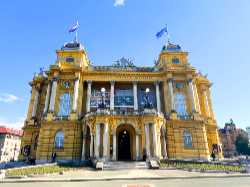 Croatian National Theatre
Zagreb
Croatian National Theatre
Zagreb
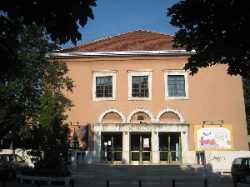 Komedija Theatre
Zagreb
Komedija Theatre
Zagreb
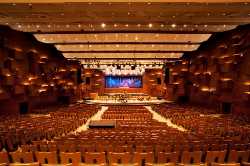 Lisinski Concert Hall
Zagreb
Lisinski Concert Hall
Zagreb
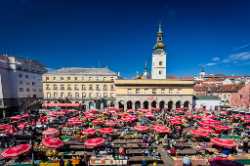 Dolac Market
Zagreb
Dolac Market
Zagreb
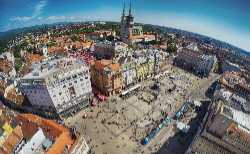 Zagreb 360°
Zagreb
Zagreb 360°
Zagreb
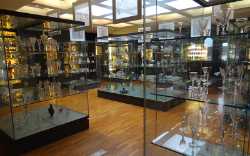 Museum of Arts and Crafts
Zagreb
Museum of Arts and Crafts
Zagreb
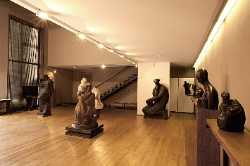 Meštrović Atelier
Zagreb
Meštrović Atelier
Zagreb
 Museum of Illusions Zagreb
Zagreb
Museum of Illusions Zagreb
Zagreb
 Ethnographic Museum Zagreb
Zagreb
Ethnographic Museum Zagreb
Zagreb
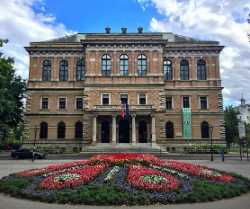 Strossmayer Gallery of Old Masters
Zagreb
Strossmayer Gallery of Old Masters
Zagreb
 Gliptoteka HAZU
Zagreb
Gliptoteka HAZU
Zagreb
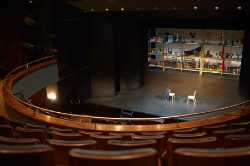 Gavella Drama Theatre
Zagreb
Gavella Drama Theatre
Zagreb
 Zagreb Youth Theatre
Zagreb
Zagreb Youth Theatre
Zagreb
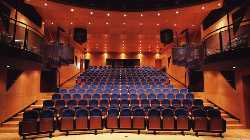 Zagreb Puppet Theatre
Zagreb
Zagreb Puppet Theatre
Zagreb
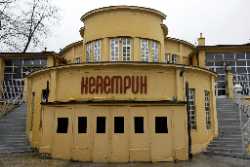 Satirical Theatre Kerempuh
Zagreb
Satirical Theatre Kerempuh
Zagreb
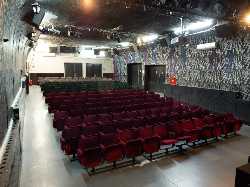 Teatar &TD
Zagreb
Teatar &TD
Zagreb
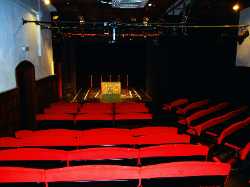 Mala Scena Theatre
Zagreb
Mala Scena Theatre
Zagreb
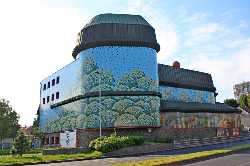 City Theatre Trešnja
Zagreb
City Theatre Trešnja
Zagreb
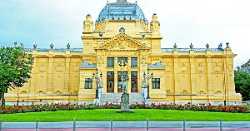 Art Pavilion
Zagreb
Art Pavilion
Zagreb
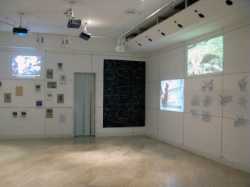 Galerija Miroslav Kraljević
Zagreb
Galerija Miroslav Kraljević
Zagreb
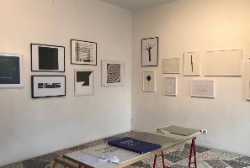 Galerija Greta
Zagreb
Galerija Greta
Zagreb
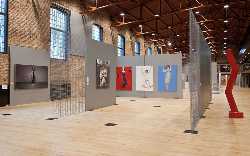 Lauba
Zagreb
Lauba
Zagreb
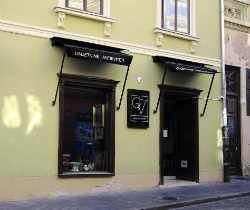 Vugrinec Gallery
Zagreb
Vugrinec Gallery
Zagreb